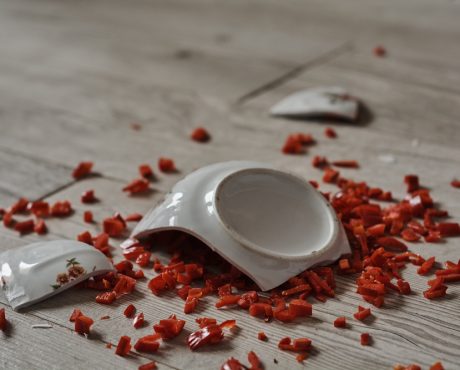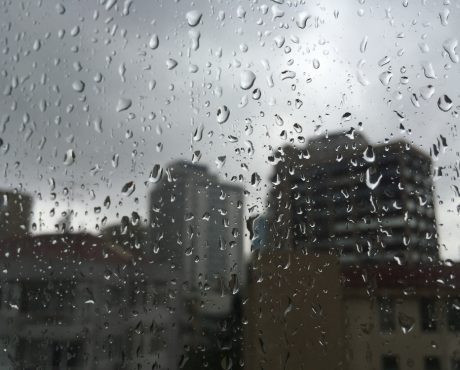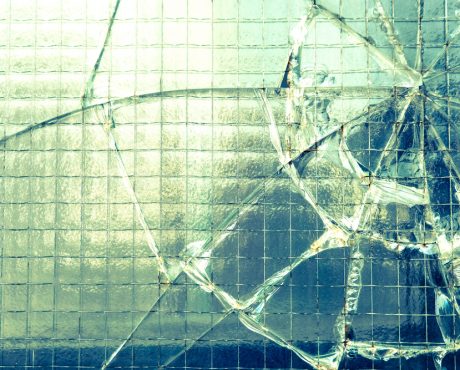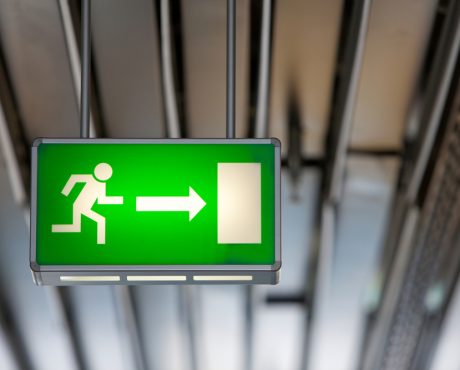Friday 6th January
Food Services: Criminal Activity Risks
At a glance
- A pub or restaurant can be susceptible to criminal activity risks that other types of property are not
- Consider which level of intruder alarm/CCTV are appropriate for your business, checking with your insurance broker before purchase
- The model of safe you use on site for the handling of cash can have significance when determining how risk averse your pub or restaurant is
A pub or restaurant, by its very nature, will be constantly accessible to the public and experience considerable foot traffic. This makes them susceptible to criminal activity risks that other types of property are not.
Between staff, customers, policies and internal/external security measures, there are many ways by which your pub or restaurant can be exposed to crimes of vandalism or theft, in addition to other crimes.
By putting a risk assessment in place and being aware of the potential criminal activity risks within and surrounding your business, you can take steps to secure your pub or restaurant against crimes that could otherwise impact your property, business or reputation in a negative way.
External protection
If you have or are planning to have grilles or shutters in place on your premises, and have secured any necessary planning permission, it’s worth considering products that are approved using the LPCB LPS 1175 scheme. This scheme can also be used as a guide when deciding on materials for external doors.
Under this scheme, external doors should be composed of metal or solid core wood, along with additional requirements that can reduce the criminal activity risks. Visit BRE Certification to find out more.
These security measures should also factor into your fire risk assessment. Regarding fire exits, stronger versions of the easy release door are available if you are concerned about assuring fire safety and security.
If your pub or restaurant requires door supervisors, visit the Security Industry Authority site to ensure that any licensing required for door supervising staff is in place.
 Alarms
Alarms
In general there are two levels of intruder alarm available. One is a noise-making alarm that is intended to scare off intruders and doesn’t alert any law enforcement body of the potential break-in. The second level does alert law enforcement and is arguably a more secure system.
If you are considering a police response alarm, you must ensure that the alarm is maintained by a NSI or SSAIB-recognised company, and that it adheres to PD 6662:2004 And EN50131-1. In any case, it’s important to make your insurer aware of the model before purchase to ensure that it is suitable.
Depending on the size of your pub or restaurant, it may also be worth considering “personal attack buttons” which can be installed out of sight and manually activated to emit silent alarms in the case of a crime being committed.
 CCTV
CCTV
The type of CCTV equipment you install on your premises will depend on the role it will play in risk management. In some cases a higher quality recording is required if such recordings are to be used as prosecutorial evidence. In other cases a remote monitoring system may be required so that law enforcement receives footage in the event of an intrusion.
If you do opt for a remote monitoring system, it should be installed to the BS8418:2003 Code of Practice by an outfit accredited by NSI, NACOSS or SSAIB.
Whichever method you adopt for your CCTV security (if you decide that CCTV is the right choice for your pub or restaurant), be sure to check with your insurance broker before purchase to ensure that your chosen model is appropriate.
Securing valuable or important items
Items of value or importance will depend entirely on your business, ranging from perishable stock to cash to keys. Whatever they may be, it’s important to consider storing them securely on your premises.
In the case of larger items such as stock or equipment it can be suitable to secure them in a locked room or lockable security cabinets. Cash is often best stored in a safe, which we will discuss further below. In the case of keys for rooms or other secure areas, it’s important not to leave them on the premises after hours.
Designated staff should look after keys when there is no one on site and be aware of how many keys are in use in case copies are made.
 Safes
Safes
The model of safe you use on site cash handling can have significant implications when determining how risk averse your pub or restaurant is. If you are considering replacing or purchasing a new safe for the premises, there are particular criteria to consider:
- Should be tested and approved by the Loss Prevention Council or to the European Standard EN1143-1
- The size of the safe should factor in maximum potential cash levels
- A time lock or anti hold-up coffer can be fitted to lower the risk of robbery, particularly after hours
- Decide if it’s suitable to have a secondary safe for regular withdrawal/deposit
A staff policy should be in place so that the safe won’t be left open for prolonged periods of time. If you make any security additions to the room in which your safe is stored, ensure that those measures are factored as a fire risk. If in doubt about safe models and policy you can always ask your insurance broker about fire and criminal activity risks.
Find out more about Kerry London’s experience sourcing tailored cover for Accommodation and Food Service businesses.
Categories: Risk Insights,




